Critical Thinking and Decision-Making -
Decision-Making Strategies

Critical Thinking and Decision-Making
Decision-Making Strategies


/en/problem-solving-and-decision-making/why-is-it-so-hard-to-make-decisions/content/
There are lots of ways to make a decision. For example, you could flip a coin. You could trust your gut and do what you think is right. Or you could avoid thinking about it at all, and just make a choice at random—for better or for worse.
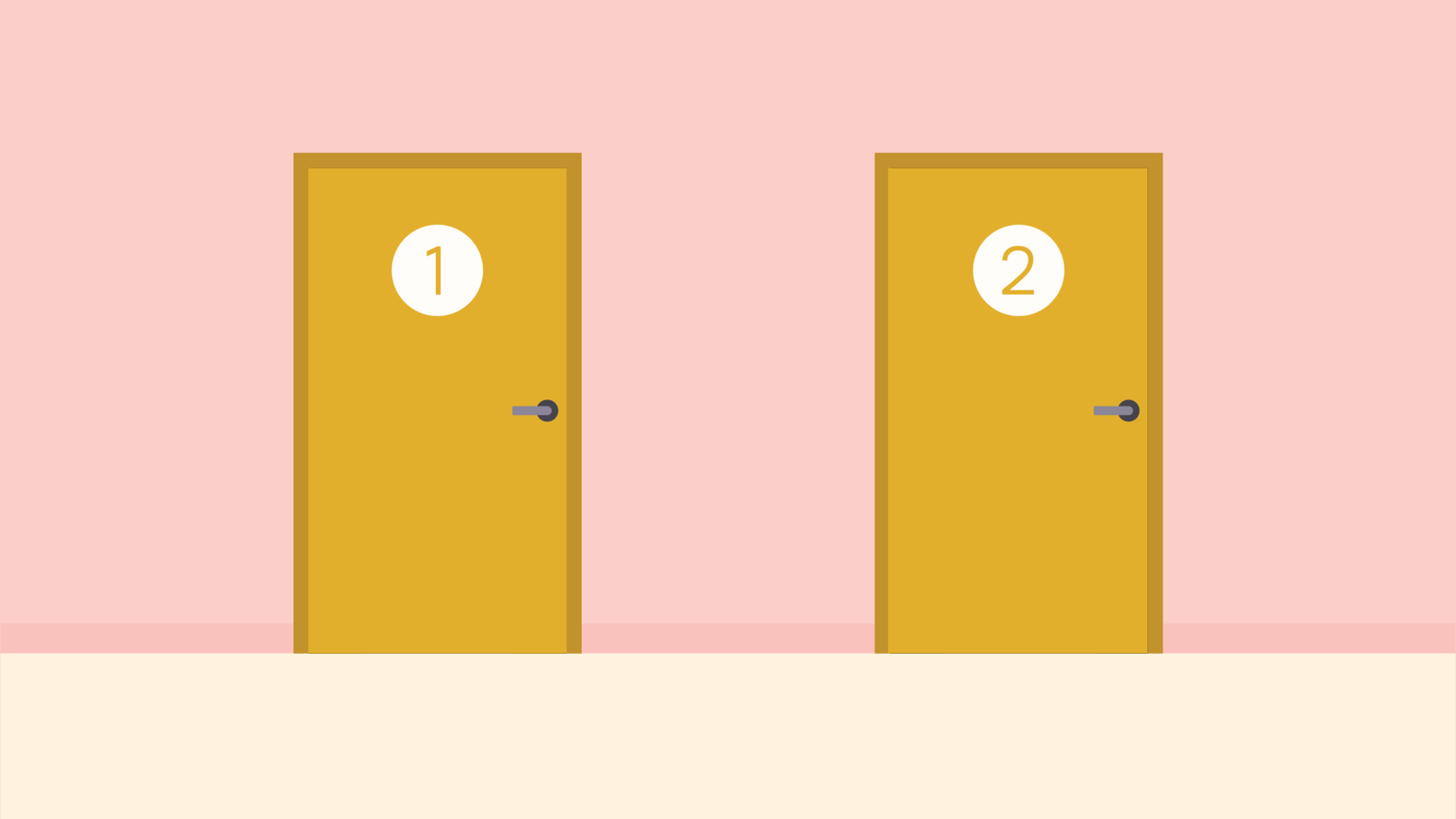
That's probably OK for small decisions, but what about more important ones? It's better to think carefully about your options and consider the many paths you could take.

With the right tools, you can learn to do this objectively, so you can make decisions you feel good about. We're going to cover several strategies that can help.
Watch the video below to learn more about decision-making strategies.
The first step to making any decision is simple: Identify the problem. As an example, say you're trying to choose between two apartments. One is cheaper but farther away from work. The other is closer—and nicer!—but much more expensive.
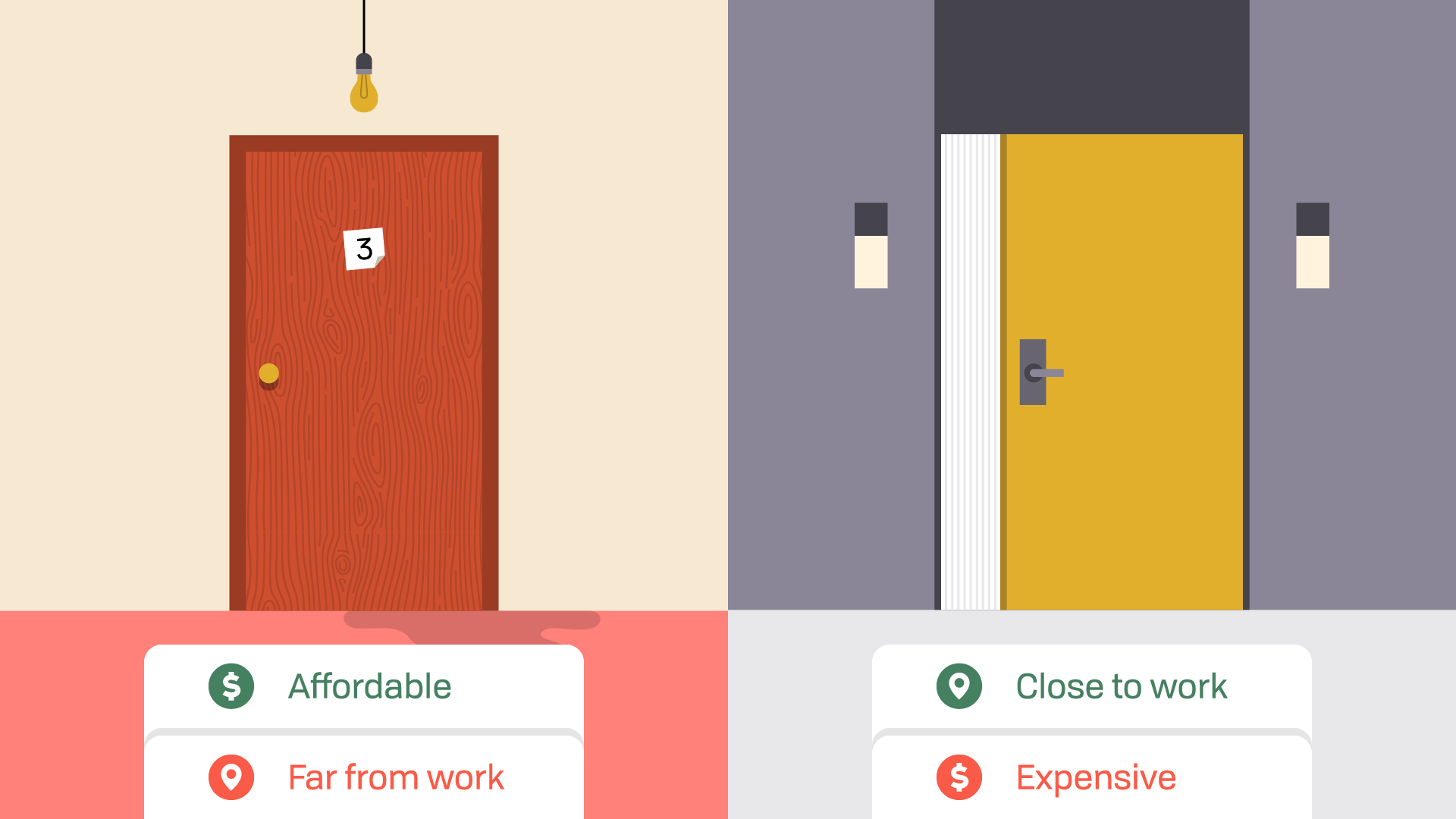
Which one would you choose? Depending on what you value, you probably have some idea. This initial response, the one tied to your instincts and emotions, is perfectly valid; however, you should also try to look at your options rationally.
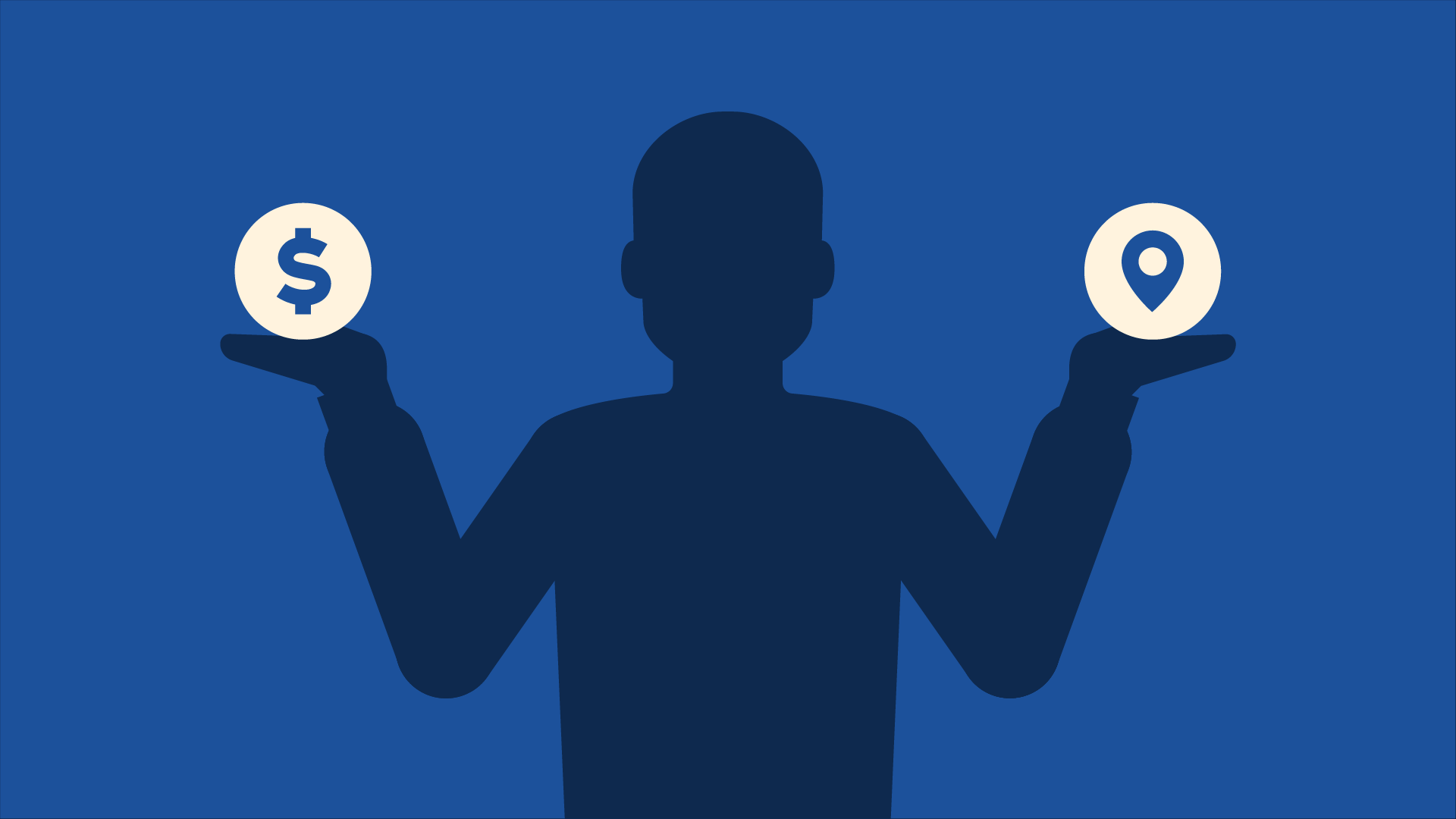
Start by comparing them. There are several ways to do this. For example, you could list all the factors that you're considering—things like price, location, and other amenities—then choose the one thing that's most important to you. With that in mind, which option comes out on top?
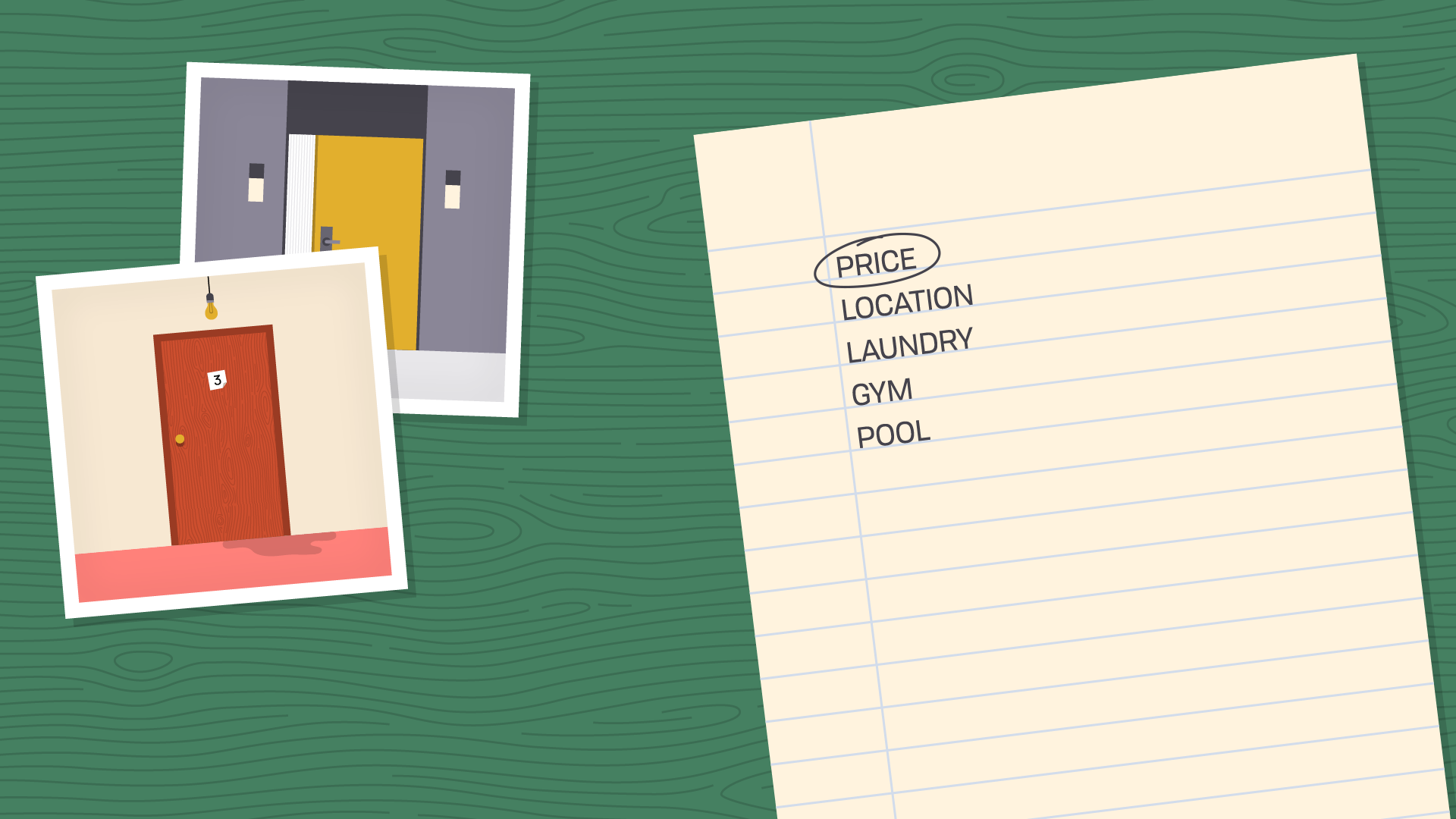
You could go one step further and create a points system. Take that same list and turn it into a scorecard for each option.
In this example, it means the first apartment would score high on affordable rent (let's say a 10), but much lower on location. The other apartment would score about the opposite in the same categories.
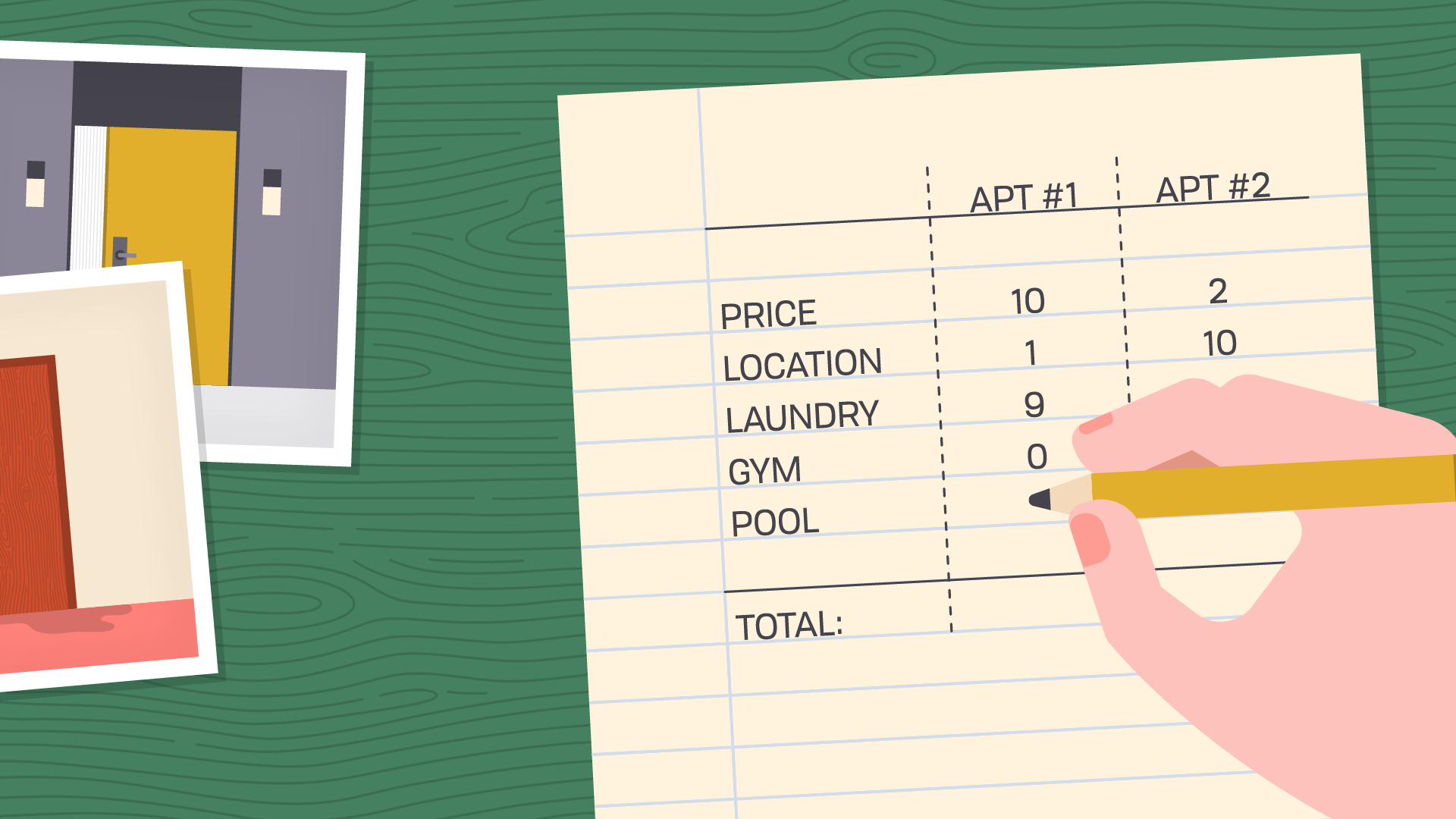
Keep going down the list until you've scored every item, being as objective as you can. Then add up the totals, and see if you have a winner.
Looking at it another way, you could evaluate one option at a time using a list of pros and cons. It sounds simple, but sometimes it helps to write these things down.
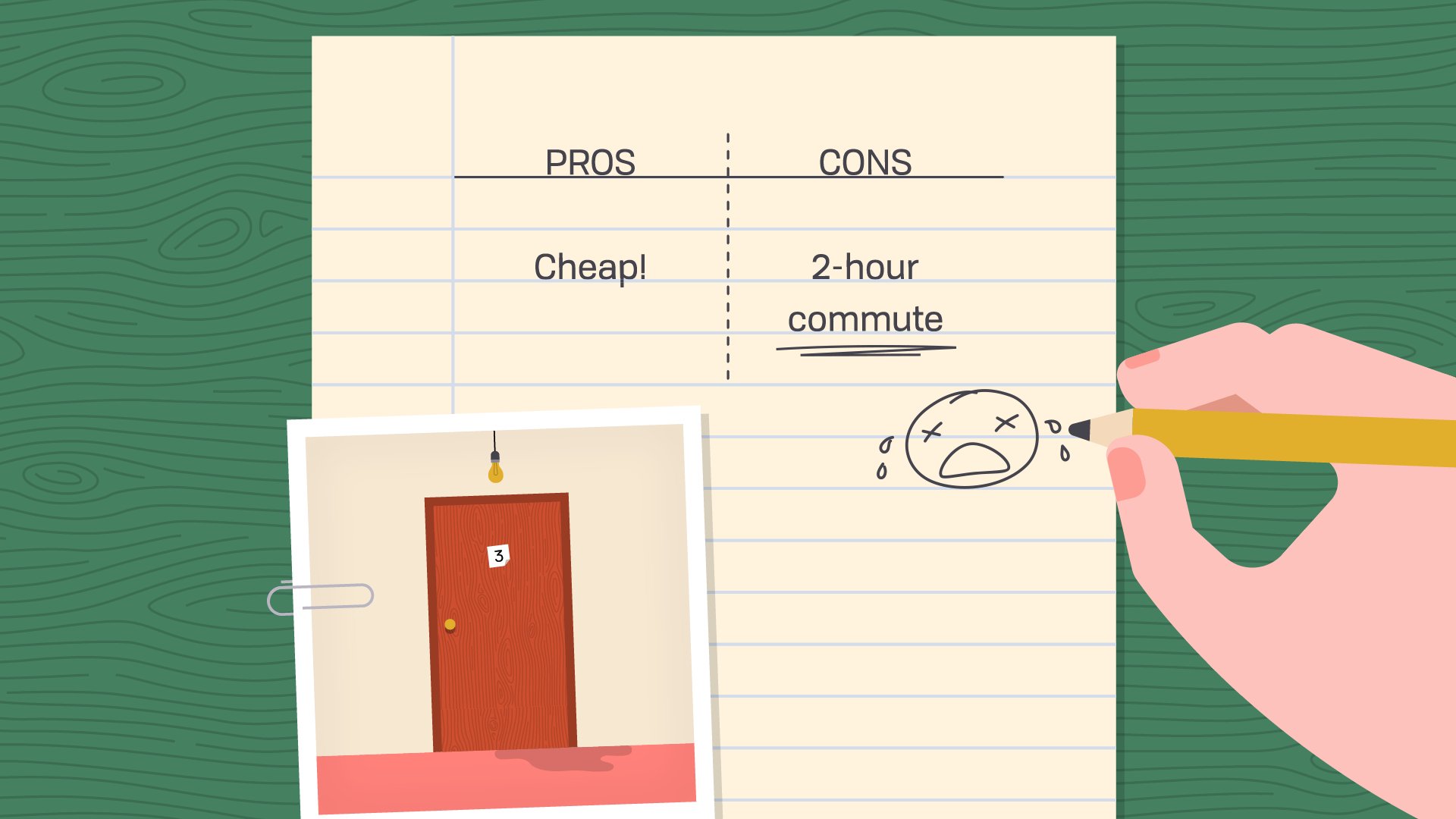
This time, it's OK to be subjective—certain factors can and should carry more weight than others. It's how you feel about them that counts, so be honest about what these things mean to you.
Imagining possible outcomes might give you some perspective on the decision. Say you're thinking about adopting a dog. What do you think the consequences might be in a month? In a year? How about several years from now?
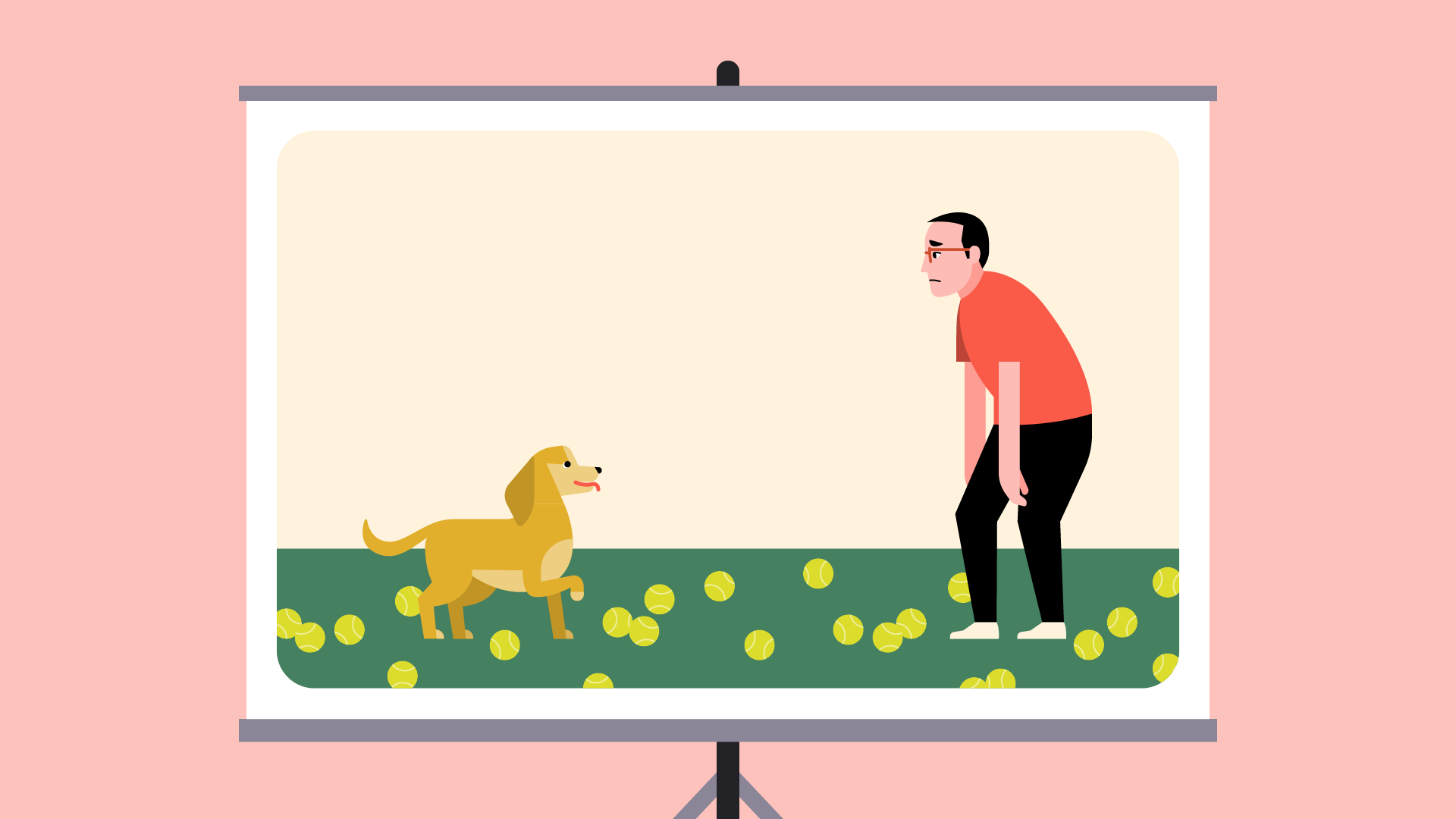
Making decisions can be a roller coaster ride, especially when there are long-term consequences to think about. We can't see into the future, but we can try to be prepared.
At this point, it's normal to feel overwhelmed, even stuck. With so much to consider, how do you know you're making the right choice? There are a couple more techniques that can help you fire up your brain and trick it into thinking differently. Try these the next time you need a mental reset.

Distract yourself with a two-minute activity that you find moderately difficult. Maybe you like playing mobile games, or solving math problems for fun—whatever works for you (we won't judge).
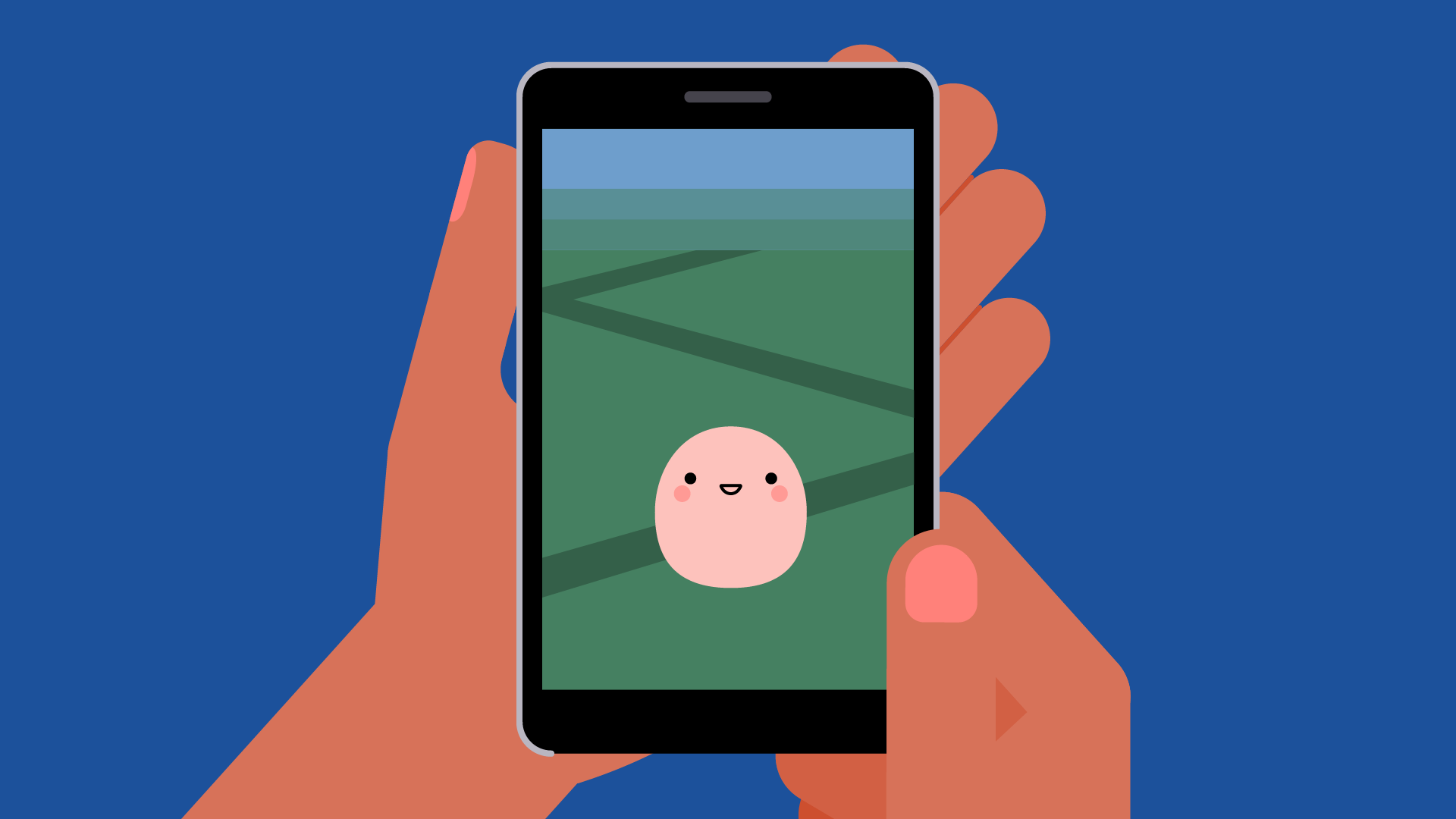
Believe it or not, you'll continue to process the decision unconsciously, according to brain imaging research by Carnegie Mellon University. This brief window of time helps you internalize important details, so you can make better, more insightful decisions.
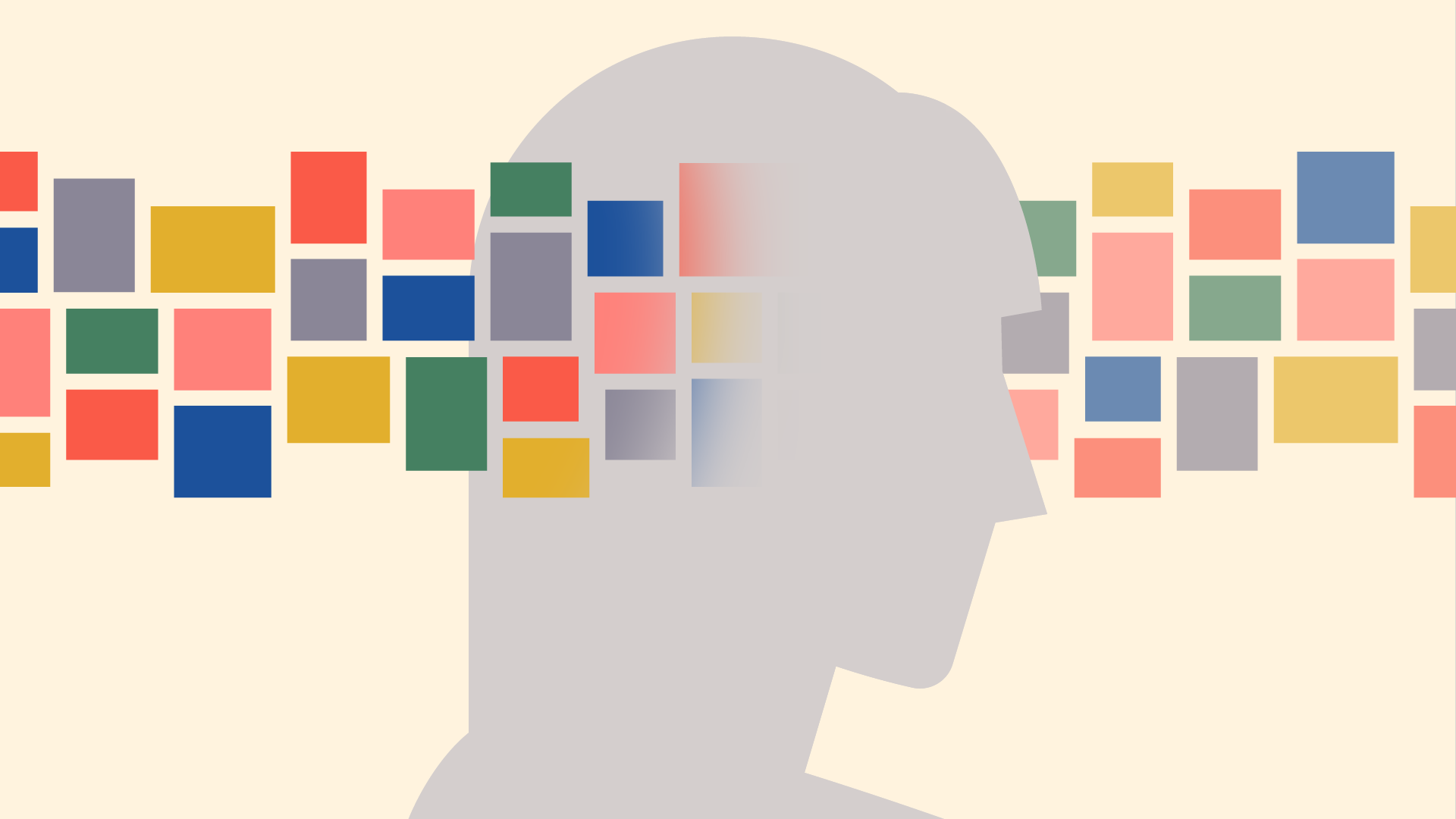
Sometimes it helps to step outside yourself and pretend you're helping someone else. Studies show we're able to think more objectively in third person—that's why it's easier to give advice than it is to receive it.
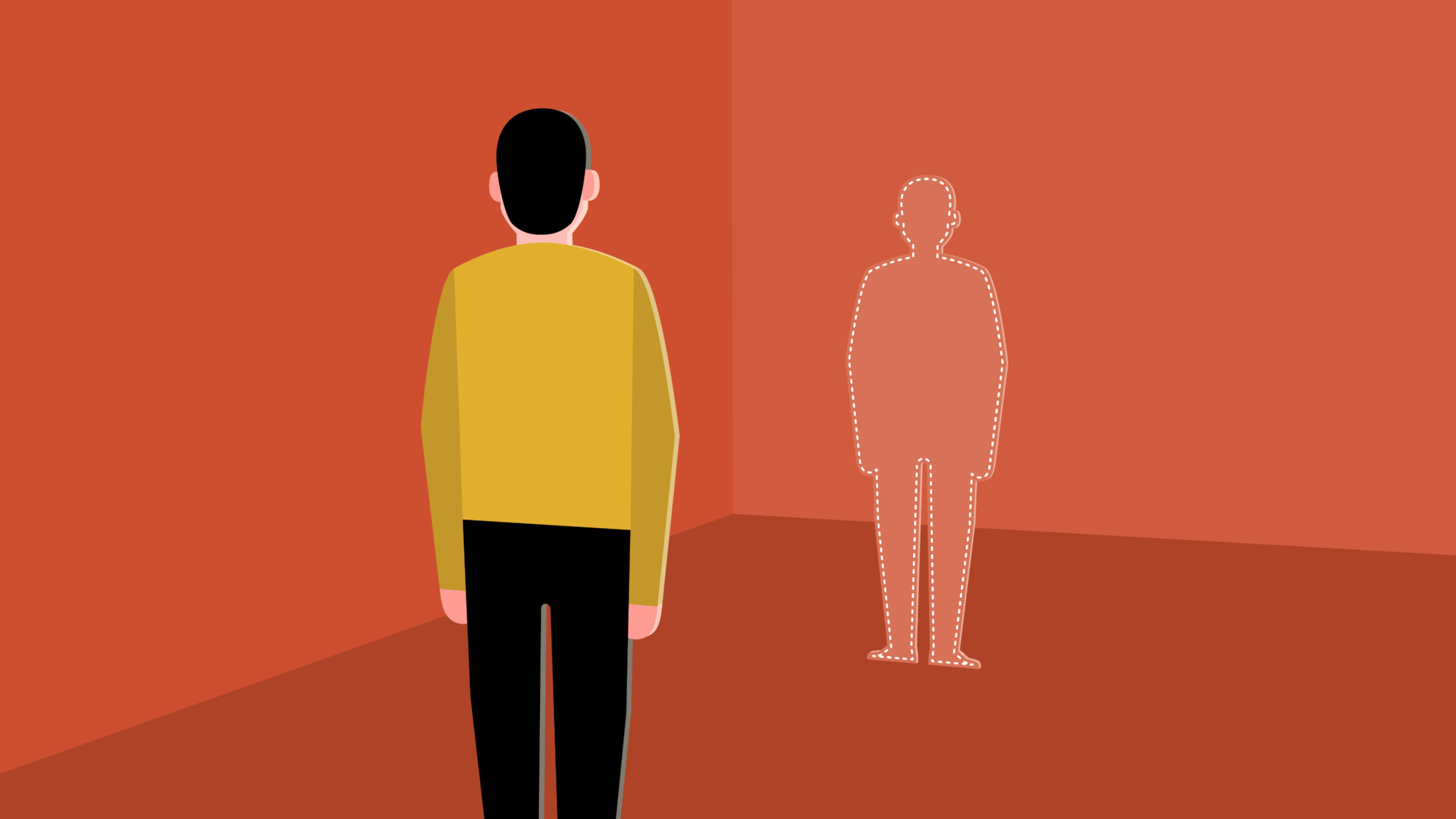
If a friend or family member were struggling with the same decision, what questions would you ask them? What compromises would you suggest?
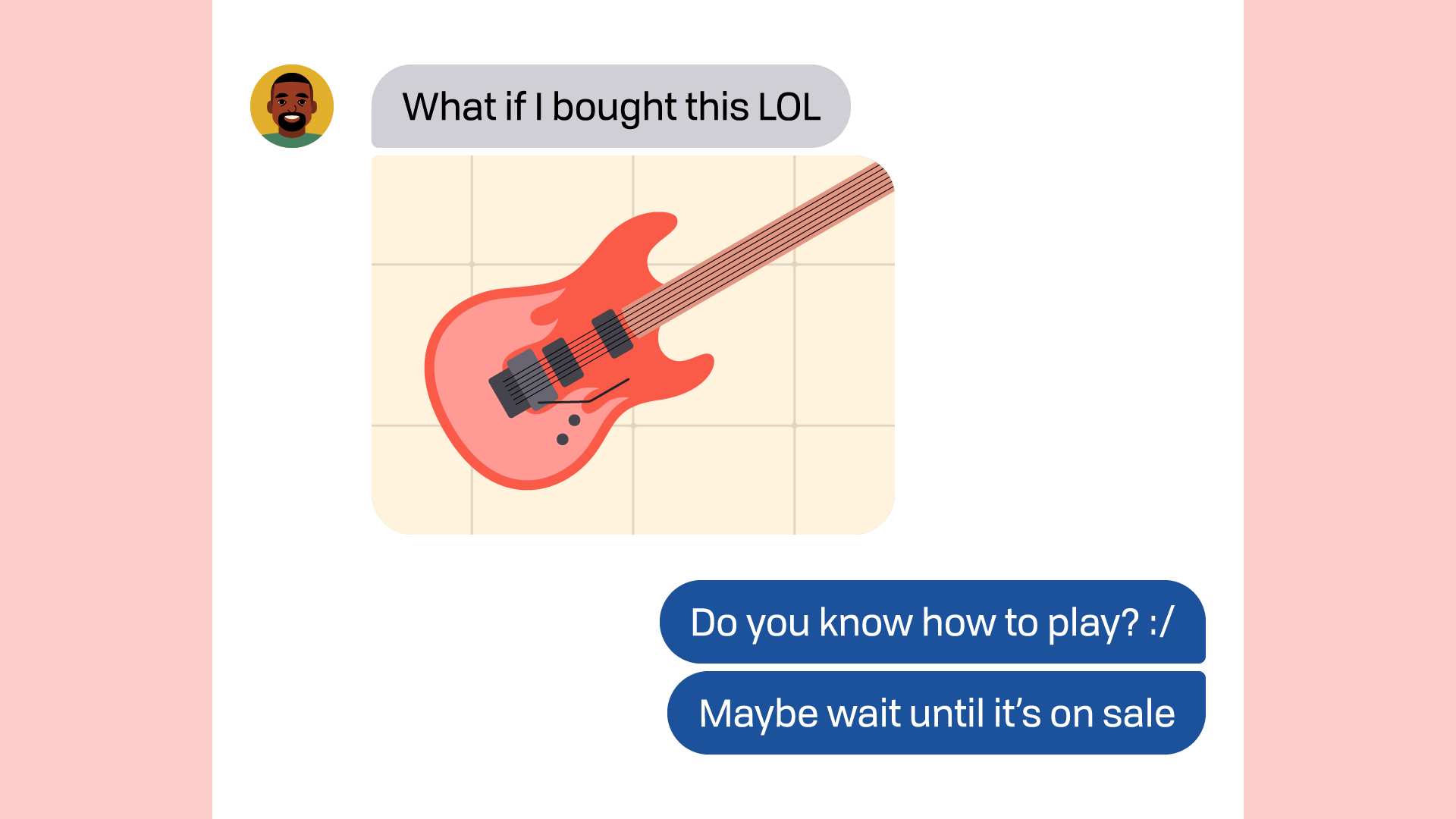
Really think about it. Adopting a different point of view might help you see the situation in an entirely new way.
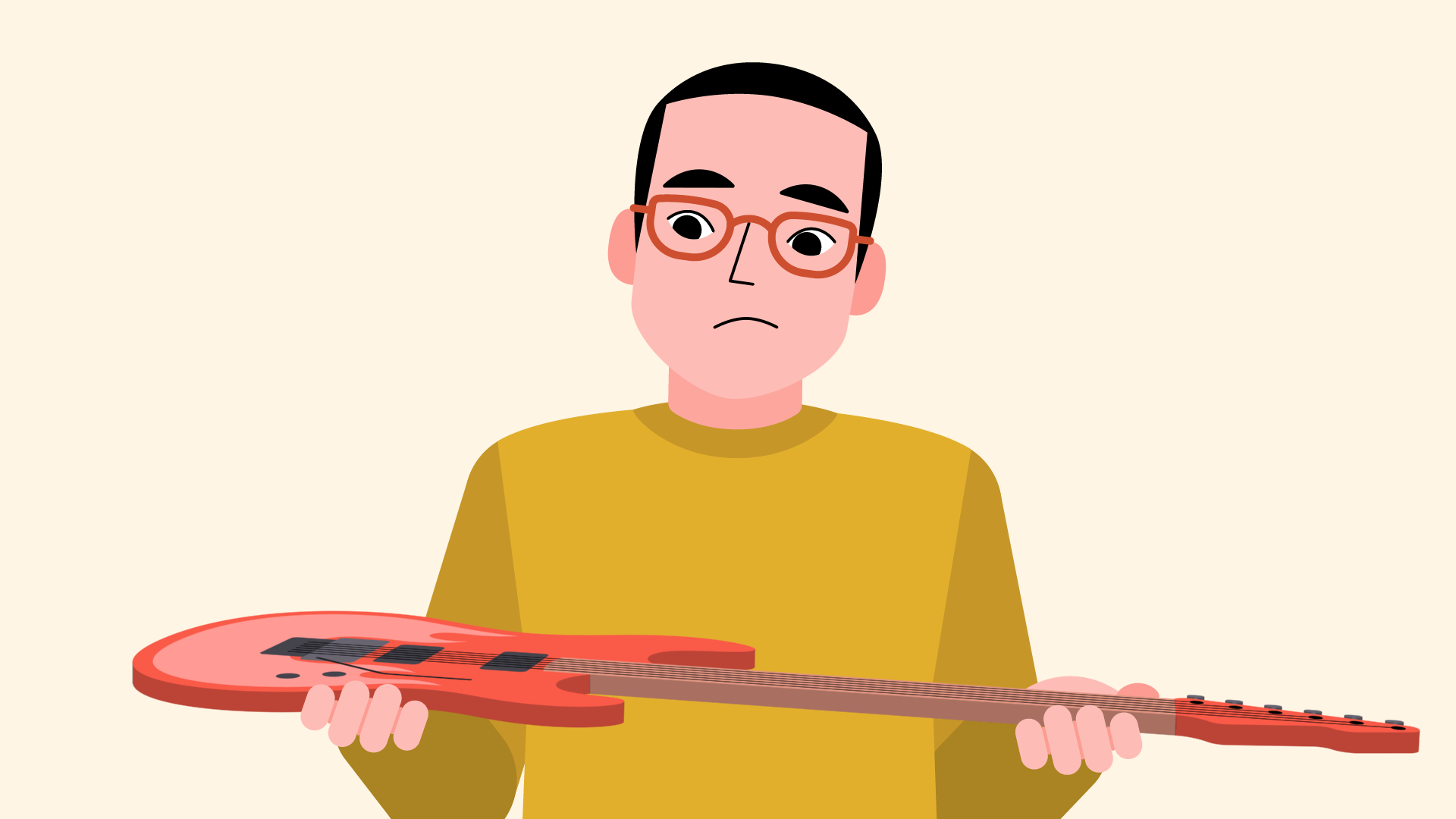
Making decisions isn't like taking a test. There are no right or wrong answers, per se—it just depends on the situation.
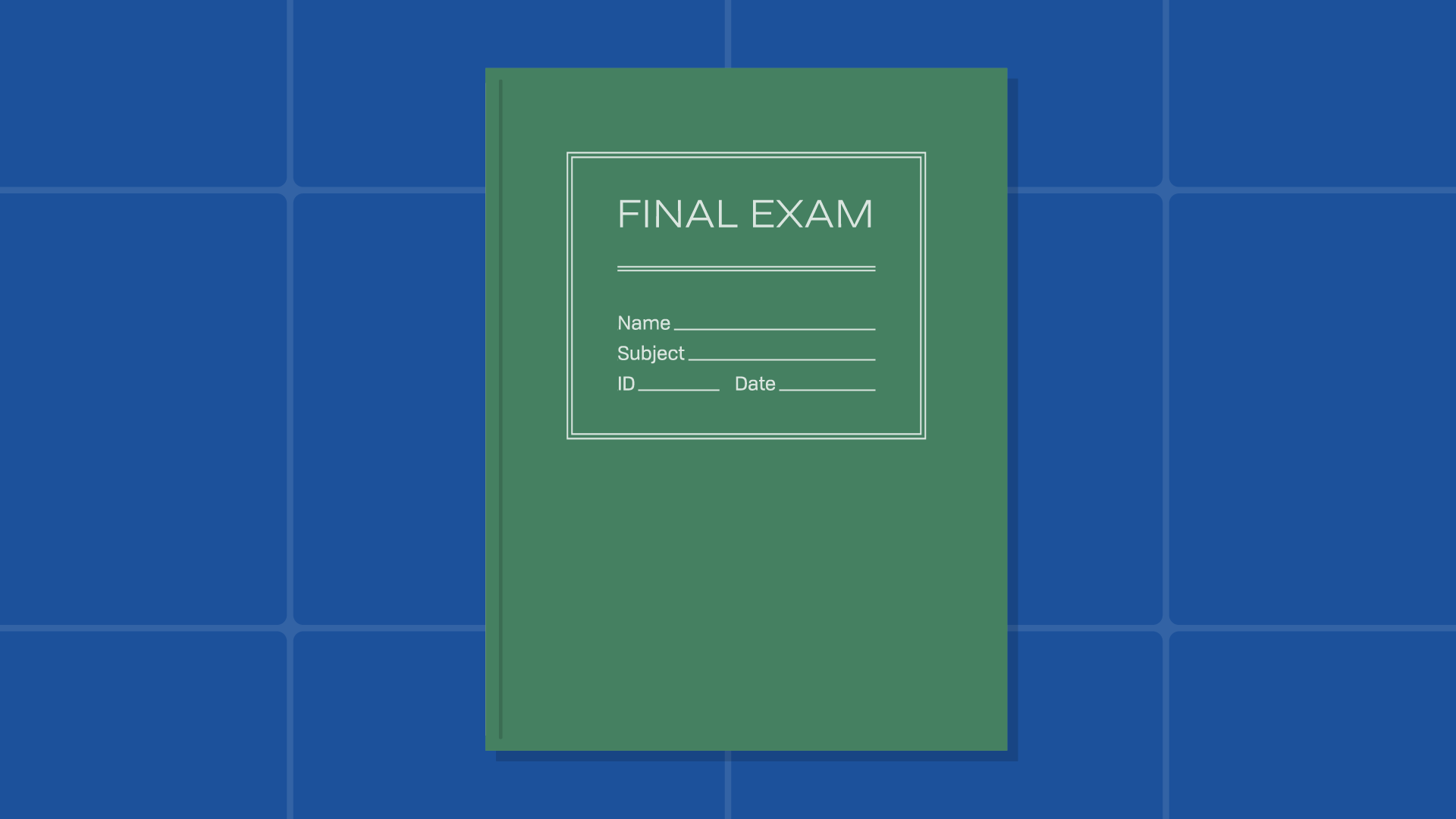
Focus on taking the time to think about your options and what you hope to achieve so you can feel confident about the choices you make. It's not as easy as flipping a coin, but it's worth the extra effort.
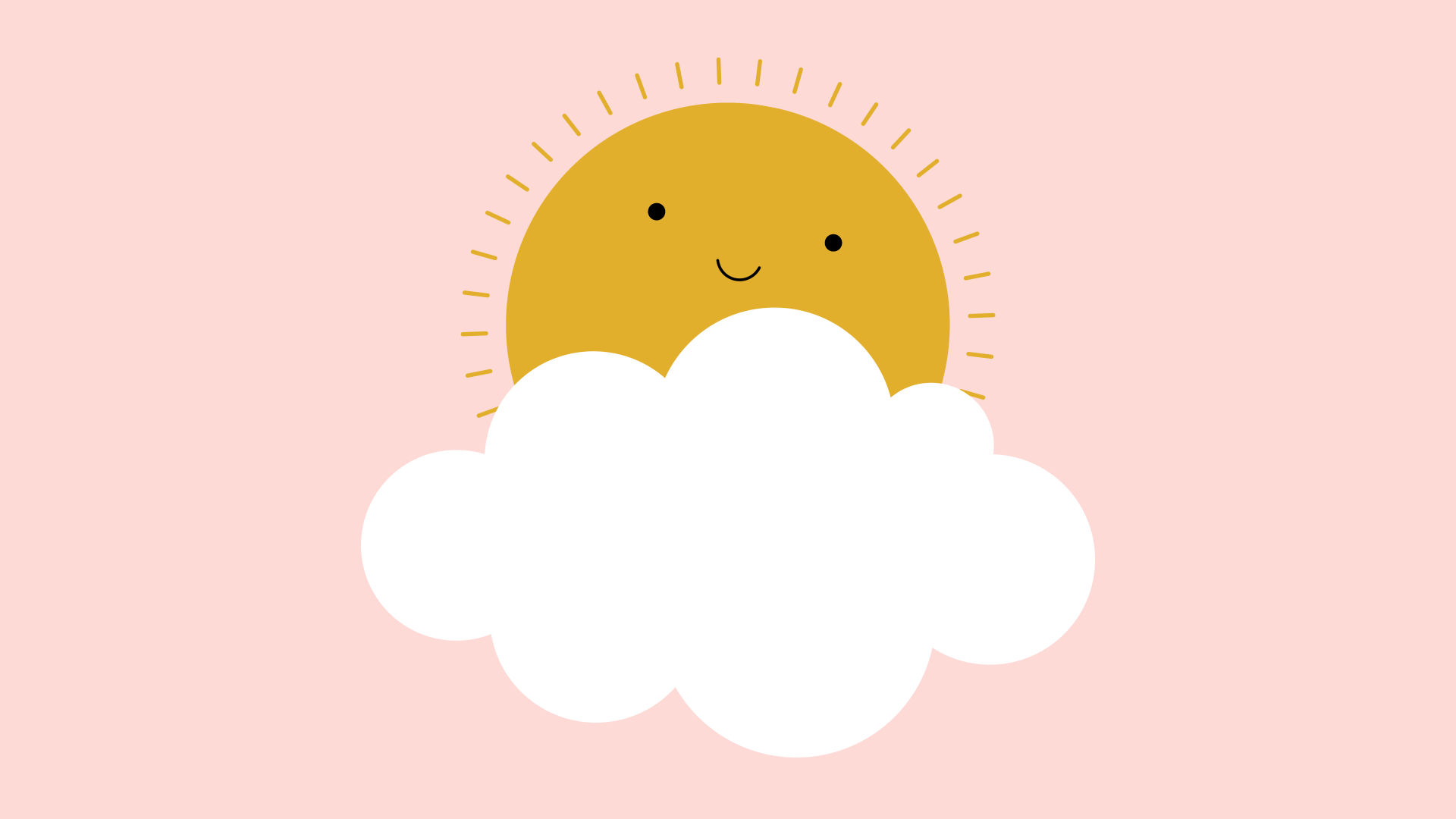
/en/problem-solving-and-decision-making/using-brain-teasers-to-build-critical-thinking-skills/content/